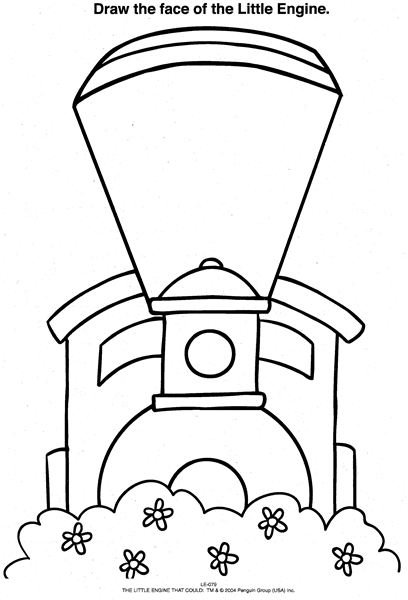The Little Engine that Could Lesson Plan & Activities to Teach Descriptive Language and Writing
Emergent Readers
Using the adjectives from the old favorite, or emergent reader, The Little Engine that Could is a great way to introduce descriptive language to primary students.
In my experience in reading this story over and over to students, they most enjoy the part of the story about the toys and foods. Why? The story is full of descriptive language for emergent readers to explore. This section of the story is full of rich descriptive language.
Below are some adjectives from the story (have them listed ahead of time on chart paper for the students):
- kind little blue engine
- She was a happy little train
- …dolls with blue eyes and yellow curls…
- …dolls with brown eyes and brown bobbed heads
- … the funniest little toy clown you ever saw
- big golden oranges
- red-cheeked apples
- bottles of creamy milk
- fresh spinach
- shiny new engine
- big strong engine
- …dingy rusty old engine
- puff, puff, chug, chug went the little engine
After reading the story several times (at least 4-5 for emergent readers), begin the lesson by teaching the students about descriptive language. There are different types of descriptive language (list or review adjective, adverb, metaphor and simile with the students).
Today we will focus on words that describe. Define adjective. Use a classroom object, student, or the classroom itself as a noun to describe. Start with, “The book.” Ask students to help you describe the book. Write their responses down (The small book. The small blue book.), so they can get an idea of how the adjective describes the noun in a sentence.
Next, show the students the illustrations in the book, The Little Engine that Could, that confirms the adjective. For example, notice the dingy rusty old engine, and ask, what does the engine look like in the picture? Take the sentence that the class just created with adjectives and illustrate it. The small blue book. Draw a picture of the small blue book.
Practice
Give each student a blank piece of paper and crayons. Read one of the adjectives listed on the chart paper. Have one student helper come forth to find the page in the book where it was written. Have the students illustrate the description. For example, you could say, “draw milk”. Then say, draw “bottles of creamy milk.” This will give students a visual interpretation of language.
Last, give the students a picture (below) of the Little Engine that Could. Have them illustrate, “She was a happy little train”, and emphasize that her color is blue. Then students write the descriptive language that depicts the picture.
In your next writer’s workshop, or during independent writing time, remind them of the author’s use of descriptive language in this book to practice in their own writing.
2004 Penguin Group, (USA) Inc.
This post is part of the series: Train Lessons
Follow through the series of lesson plans below, to teach about transportation the whole year long.
